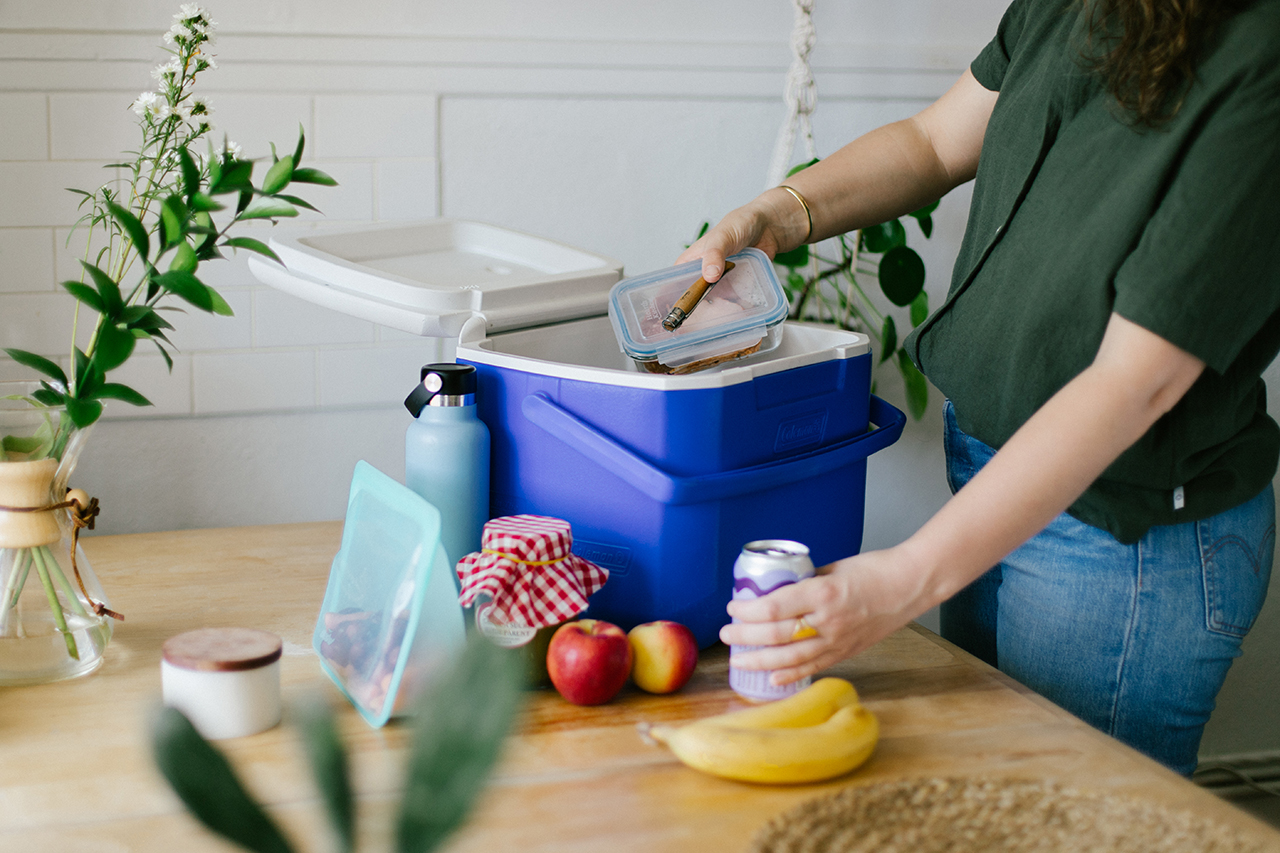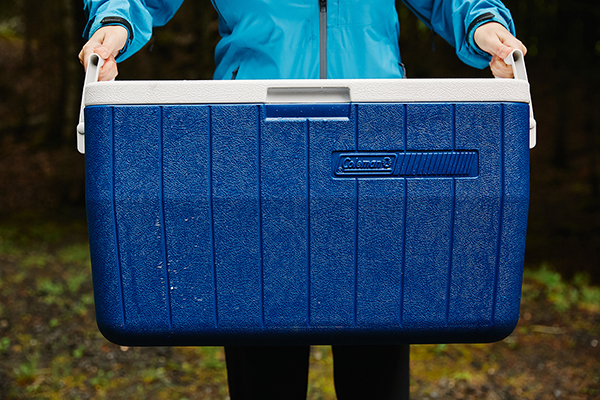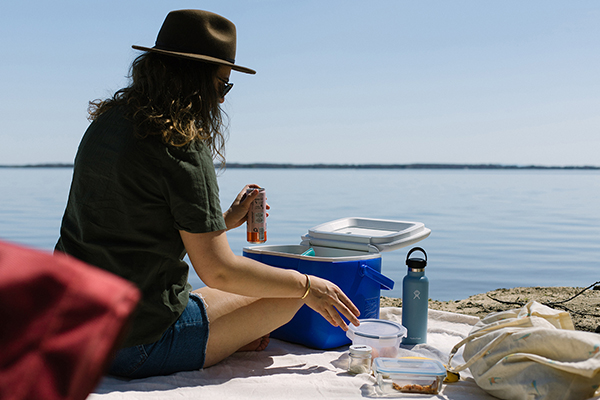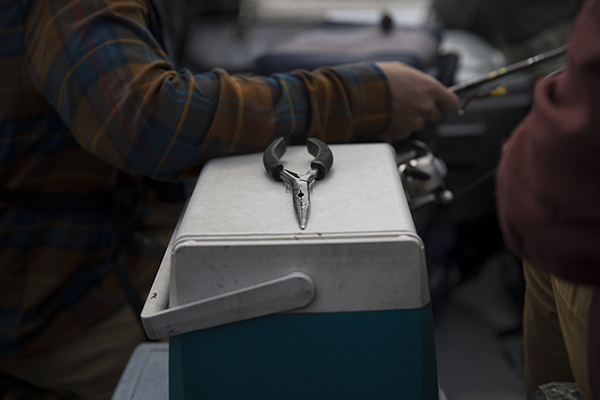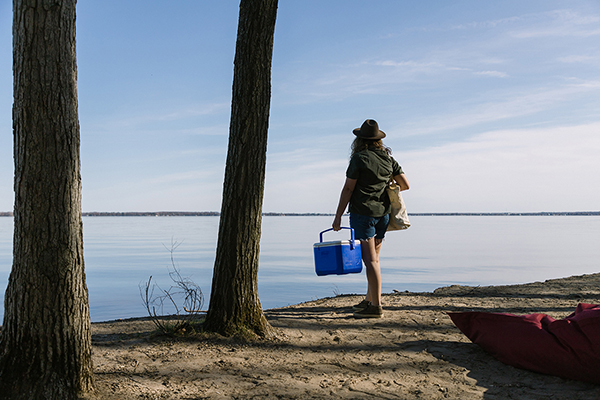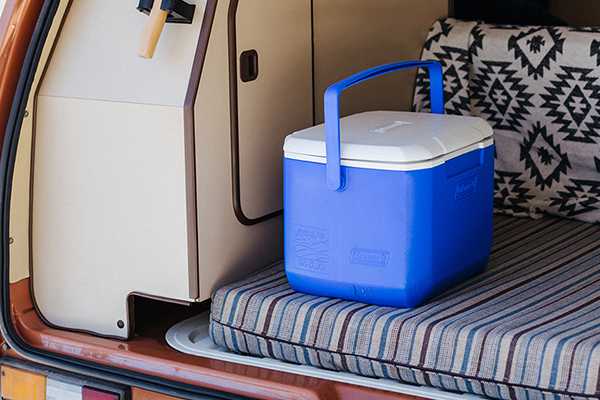Buying a cooler
Tips for choosing and for optimum use
In collaboration with Protégez-Vous
Whether it's for a picnic, a long drive, a weekend at the cottage or cabin, or a few days of camping, a cooler is a must-have this summer. The model for you will depend largely on the type of excursions you plan to make, but its capacity, weight, and accessories are criteria to consider, along with your budget.
When the weather is hot, keeping your food cool becomes paramount. Your needs will differ depending on the length of time, location, and frequency of your stays. Fortunately, there are coolers on the market for every situation.
Generally speaking, the better the insulation of the cooler, the heavier and more expensive it will be. However, maybe you don't need a heavy-duty model like YETI or Pelican, and a lightweight Coleman cooler, for example, will suffice? If you're going camping in a remote area where you can't buy ice, choose a cooler that keeps the cold in very well. If you're only camping a few weekends here and there, close to civilization, you can opt for a $100 cooler and replenish your ice as needed.
Types of coolers
Flexible coolers
More compact and lighter than rigid or electric models, they’re designed for picnics, hiking trips, and short stays. They’re easy to carry, in a backpack or on a shoulder strap. Generally made of waterproof fabric (nylon or polyester, among others), they can be folded and stored easily. Because they’re flexible, these coolers can be squashed during transport, for example, in the trunk of a car filled with luggage.
Rigid coolers
Whether you're hunting, fishing, at the beach, or camping, these coolers are suitable for most situations. Usually molded from polyethylene (plastic), they’re bulkier and more difficult to carry and store than flexible coolers, but their sturdiness protects your food well. They can be used with ice or ice packs and don’t need to be plugged in, unlike electric coolers.
Electric coolers
They come in handy at the cottage or cabin or when you have a serviced campsite with electricity, especially when you're on an RV trip. Most plug into a 12-volt (V) outlet, such as your car's cigarette lighter, but you can also purchase an adapter for standard 120-volt outlets.
These coolers offer thermoelectric cooling: they can lower their internal temperature to about 20 degrees Celsius below room temperature. So if it's very hot outside, your food won't stay cool for long.
With this type of cooler, you can use ice packs, but never ice, since water can damage the electrical components of the fan located in the lid or the inner wall.
The efficiency of electric coolers decreases significantly once they’re unplugged, and their performance is comparable to that of a regular cooler.
Capacity and dimensions
The capacity of a cooler is most often expressed in litres or U.S. quarts, two almost equivalent units of measurement (1 quart = 0.95 litres). Some manufacturers also indicate capacity in number of cans. While this helps people visualize the volume of the cooler, it’s of little use when comparing products. Two models with the same capacity in litres may not be able to hold the same number of cans if their space has been designed differently. Rely more on the capacity in litres.
For a stay of a few days to a week, plan on 10 to 15 litres per family member, even more for big appetites. For a family of four, a 40 to 60 litre cooler should do the trick. You’ll find models on the market that exceed 70 litres; keep in mind, however, that a large cooler can be very heavy and difficult to transport once filled.
Also pay attention to the depth of the cooler you choose, especially if you plan to store large bottles.
Little extras to make your life easier
Drain plug
This offers a convenient way to drain water from the cooler without having to empty it of its contents. Some ProFrost, Woods, and SAIL models also have a vent valve. When opened, the vent cap causes a pressure change that allows the cooler to be emptied more quickly while keeping the lid closed.
Lockable lid
This feature is less common, especially with cheaper coolers. However, a lockable lid is very useful when camping, as it prevents animals from getting at your food. If you're going on a wilderness camping trip or in a high-risk area, look for a certified bear-proof cooler. YETI, Pelican, ProFrost, and Woods offer models rated by the independent Interagency Grizzly Bear Committee. Some coolers also allow the installation of a padlock to secure the lid. For more traditional camping, always store your cooler in the car overnight for safety.
Wheels and telescopic or swivel handle
These accessories that make transporting your cooler easier are often the first to break. So they should be secondary in your selection criteria. However, if you insist on having them, choose a cooler with solid wheels and reinforced rims. Also, make sure the handle is long enough for you to pull the cooler behind you.
The weight of the coolers varies between 4 and 15 kg. This difference is due to the size of the products, but also to the thickness of their walls and insulation. In the case of a heavy or bulky model, remember that you’ll have to carry the cooler if it doesn’t have wheels.
Other accessories
On the market, you’ll find coolers equipped with additional accessories, sometimes quite practical ones: cutting board, basket, cup holder, bottle opener, compass, measuring tape, light, and more. They’re mostly found in coolers designed more specifically for hunting and fishing, and therefore, as a bonus, models that keep ice good and frozen.
Ease of use
All coolers have their little flaws: too heavy, too bulky, a porous lid (and therefore hard to clean thoroughly), a lid that’s difficult to open when the cooler is empty (without weight inside to hold it down), and more.
In the store, it’s important to check that the most common maneuvers are simple to perform, such as opening and closing the lid, latches, and valves. Look inside the cooler to see if all the corners are easily accessible for washing.
If the cooler has a drain plug, make sure that water can drain completely by tilting the cooler slightly. If the plug is too high, water will likely remain in the bottom.
Cold storage
A few manufacturers, such as OtterBox and Frigidaire Professional, are particularly optimistic about the performance of their products. Some even claim that their coolers can keep ice frozen for a full week… or two.
In fact, a cooler's ability to keep cold depends on several factors such as the type of insulation, the tightness of the lid and drain, and the use of the product. The cheapest coolers usually keep enough ice for a weekend of camping. If you want to keep your food cool for as long as possible, get a model with a seal, which will make your cooler airtight. This is the case with most models over $250.
Brands like Pelican and YETI offer information on the thickness and composition of their walls. Coolers with thick walls and foam insulation (polystyrene, polyurethane, etc.) keep the cold in better than those with thin walls and no insulation.
Keep in mind that the way you use your cooler will affect performance regardless of product quality. Repeatedly opening and closing the lid, for example, will break the cold chain, especially in very hot weather.
Price
You'll find coolers on the market for as little as $75, and others that cost over $1,000. Not surprisingly, the more expensive ones are very sturdy and built to last, which is not always the case with the lower priced models.
However, manufacturers like Woods, Igloo, and Coleman offer rigid coolers for around $100 that might work well for a weekend camping trip, especially if you have easy access to ice.
Planning to use a cooler only a few times this summer? Consider borrowing it from friends and family or buying it second-hand. If you’re shopping used, make sure the cooler you want and its accessories (wheels, handles, plugs, and sealing) are in good condition.
Organize your cooler
The arrangement of food and ice or ice packs inside your cooler influences the quality of refrigeration. Here are some tips for keeping your food at the right temperature for as long as possible.
How to place your food
- Step 1: The bottom of the cooler is the coldest place to store the most perishable foods, such as meat or fish that haven’t been frozen.
- Step 2: Place the other foods in the order you’ll need them. For example, your first night's dinner should be at the top.
- Step 3: Next, add the foods you’ll use most often. They’ll be easily accessible so you won't have to search for them and leave the cooler open too long.
- Step 4: Given that cold air moves downward, finish organizing your cooler by covering the food with ice or ice packs.
- Step 5: Make sure there isn’t too much open space in your cooler, as air will speed up the melting of the ice. Fill your cooler to capacity or top up any empty space with ice.
- Step 6: Ideally, prepare a second cooler for beverages, such as juice, beer, and milk. This way, you won't have to open the one that holds food for your meals too often.
Ice or ice packs?
Crushed ice is convenient because the ice cubes fit between the food and fill in the gaps. However, they melt faster than a large block of ice.
You can also use ice packs or, even better, make some by freezing water bottles. They’ll also provide a supply of drinking water.
Tips for meals
- Make a few meals and freeze them before you leave. Not only will they give you time off from cooking, but they’ll also act as ice packs.
- Pack your food, such as raw meat and vegetables, in airtight containers to protect them from water.
- Cook the most perishable foods first, such as raw meat that hasn’t been frozen. Save frozen meals, canned goods, and other foods for the next few days.
- After using them, quickly put away perishable foods, such as milk, eggs, and mayonnaise, so that they’ll keep for a long time.
- Always keep your cooler in the shade, under a picnic table, for example, as this location will be cooler.
Maintaining your cooler
To keep your cooler for a long time, take good care of it after each use.
- Scrub the inside and outside with hot soapy water.
- Be sure to clean the drain plug, where dirt is less easy to see.
- Use a paste of baking soda and water to remove stubborn stains.
- Let the cooler air dry.
- If possible, store it with the lid open, even in the off-season.
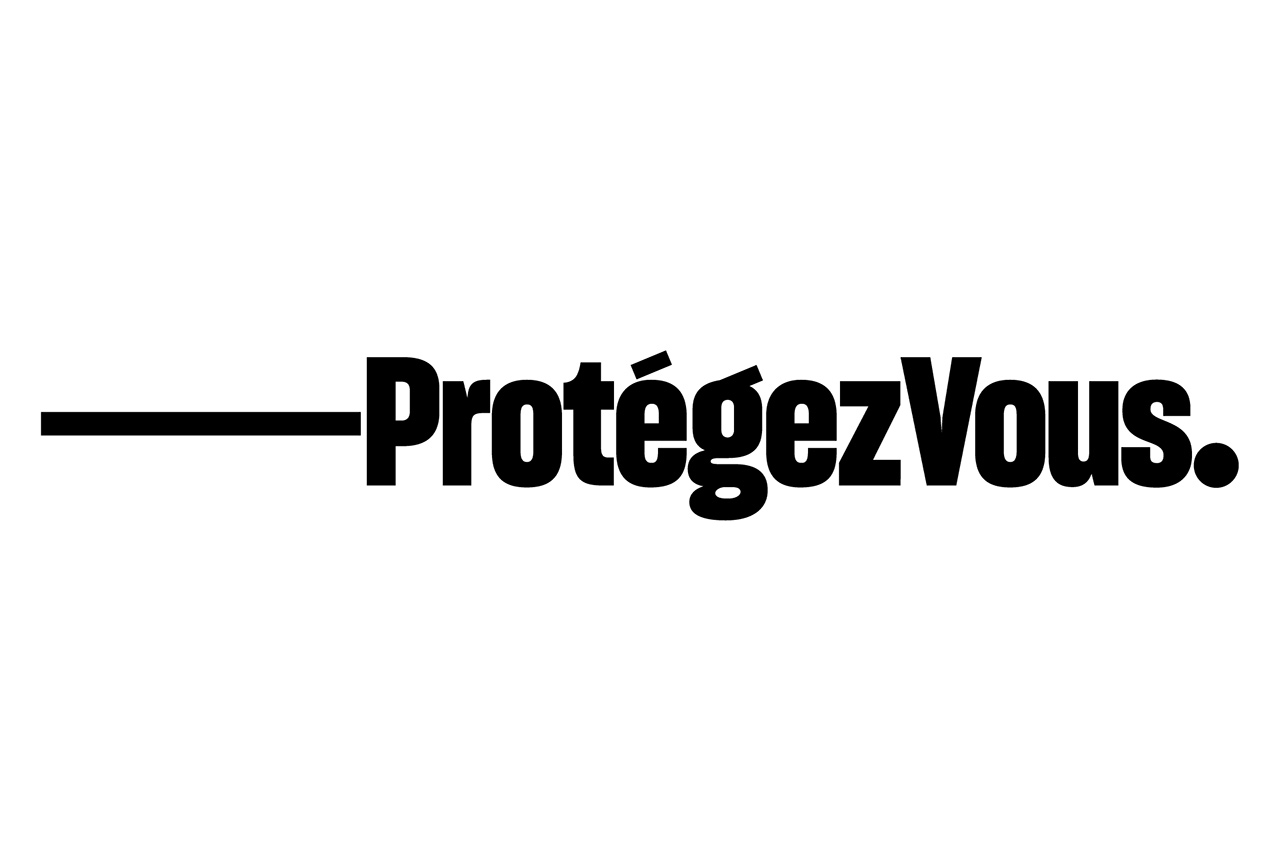
About Protégez-vous
Protégez-Vous is a non-profit, self-financed, and independent organization that informs, educates, and supports consumers in making informed and responsible choices.
